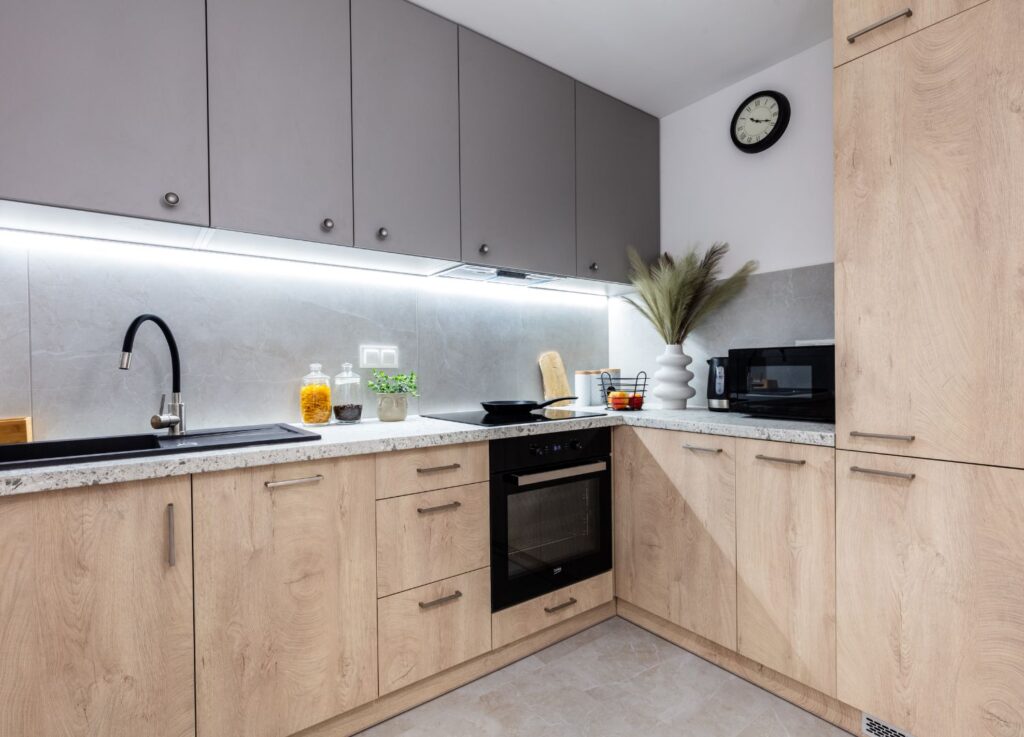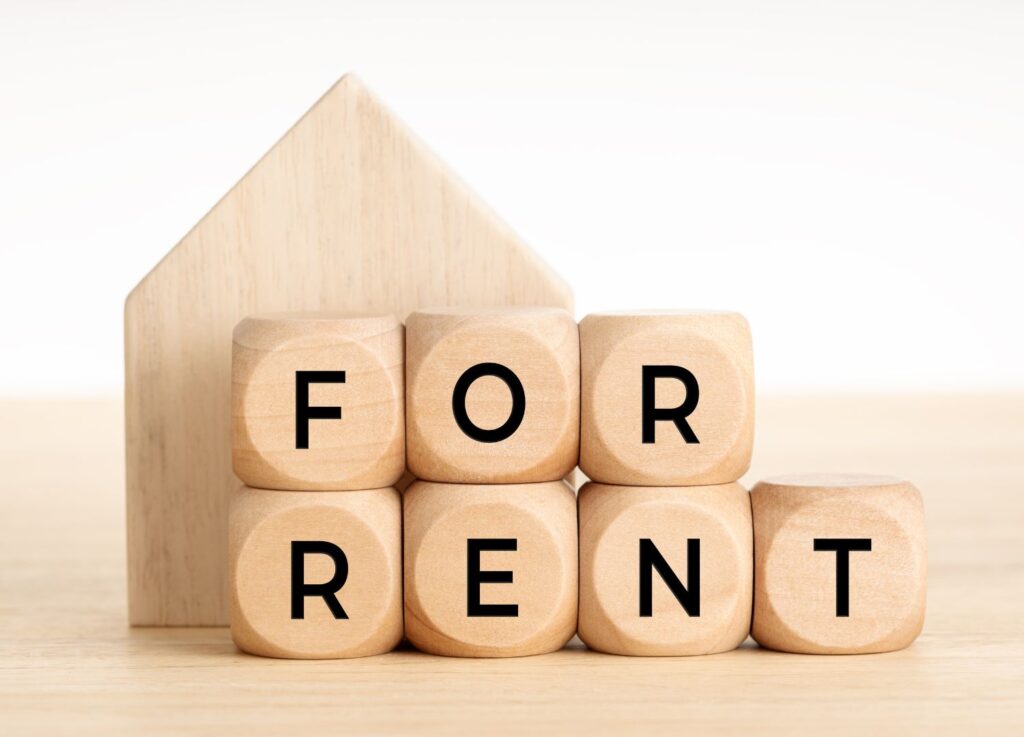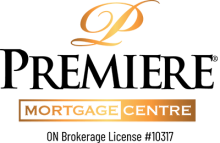Who Does This Apply To?
The new mortgage insurance measures will apply to existing homeowners who want to add accessory dwelling units (ADUs) to their property. Whether you’re looking to create a basement apartment or add a separate unit to accommodate family members, these rules can help you understand the requirements.
Key Requirements:
- Existing Homeowners Only: This measure is only for current property owners.
- Occupancy: Either the homeowner or a close relative must live in one of the units on the property.
- Intent to Build: The borrower must intend to construct additional dwellings on their property.
- Restrictions on Short-Term Rentals: The additional units cannot be used for short-term rentals, such as Airbnb.

Refinancing Options for ADU Construction
Good news for homeowners looking to finance the construction of additional dwellings: secured refinancing will be allowed for this purpose. This means you can refinance your home and use the funds to create new housing units, as long as you meet the requirements.
Key Considerations:
- The new housing must be fully self-contained, such as a basement apartment with its own entrance.
- The construction must comply with municipal zoning laws.
Property and Loan Limitations
The new rules come with certain limits that borrowers must adhere to when seeking mortgage insurance for additional dwelling units.
Key Limitations:
- Maximum Number of Dwellings: Homeowners can add up to four dwelling units on their property, including the existing home.
- Property Value Cap: The improvement value of the property must be less than $2 million.
- Loan-to-Value Ratio: Borrowers can access up to 90% of the property value, which includes the value added by the new accessory units.
- Loan Term: The maximum mortgage amortization period will be 30 years.
- Cost Limits: Additional funding cannot exceed the project’s actual construction costs.
Compliance and Usage Restrictions
To qualify for mortgage insurance under this new measure, the borrower must agree to certain terms regarding the use of the additional units.
Important Restrictions:
- The new housing units must be used as long-term residences. They cannot be used as short-term rental units.
- The financing must be strictly for building compliant housing that meets local regulations.

When Do These Rules Take Effect?
The changes will come into effect for mortgage insurance applications submitted on or after January 15, 2025. Lenders will need to follow these new guidelines when approving mortgage insurance for accessory dwelling units.
Additional Considerations
All other eligibility criteria for government-backed mortgage insurance will remain unchanged. Homeowners must still meet the existing requirements to secure financing, in addition to these new rules for adding dwelling units.
For more detailed information on these new measures, you can read the full article here.
If you want more information about New Mortgage Rules for Adding Additional Dwelling Units, please don’t hesitate to reach out.
Tim Ward, Collingwood Mortgage Broker.









